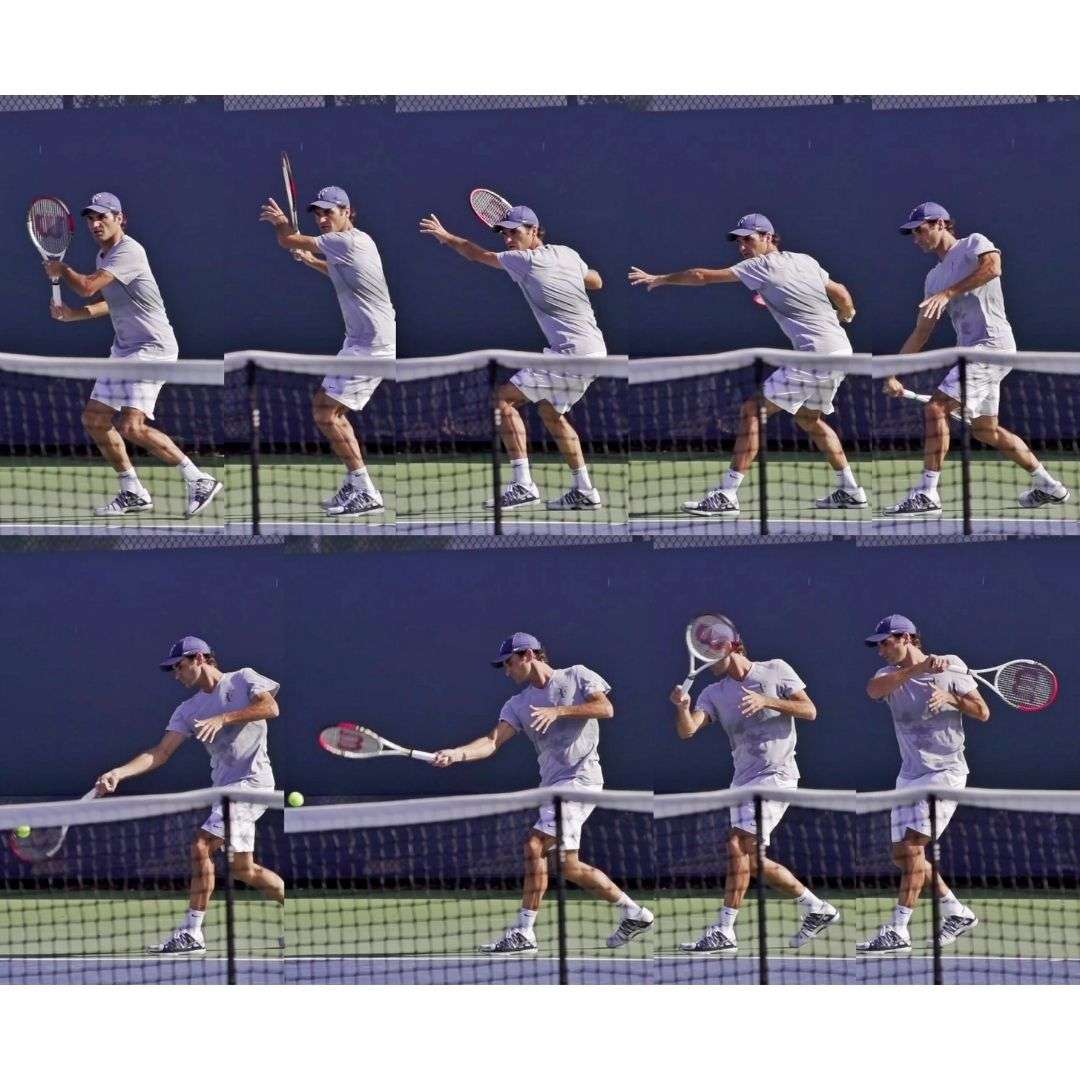First to make sure terminology is correct.
By 'closed racquet face' I mean the racquet strings are facing the ground
1 min 25 sec mark here of Fognini forehand
Almost all the youtube teachers advises this and I can see this myself in the slow-mo videos...but can someone explain the reasoning behind this?
To be clear, I know it's not something high level players think about. But for breaking it down, what is the logic of having the racquet string face the ground during the backswing? Is it just biomechanically natural for the semi-western grip? Also, for reference so we can isolate more variables, let's stick with the semi-western grip forehand.
By 'closed racquet face' I mean the racquet strings are facing the ground
1 min 25 sec mark here of Fognini forehand
Almost all the youtube teachers advises this and I can see this myself in the slow-mo videos...but can someone explain the reasoning behind this?
To be clear, I know it's not something high level players think about. But for breaking it down, what is the logic of having the racquet string face the ground during the backswing? Is it just biomechanically natural for the semi-western grip? Also, for reference so we can isolate more variables, let's stick with the semi-western grip forehand.





